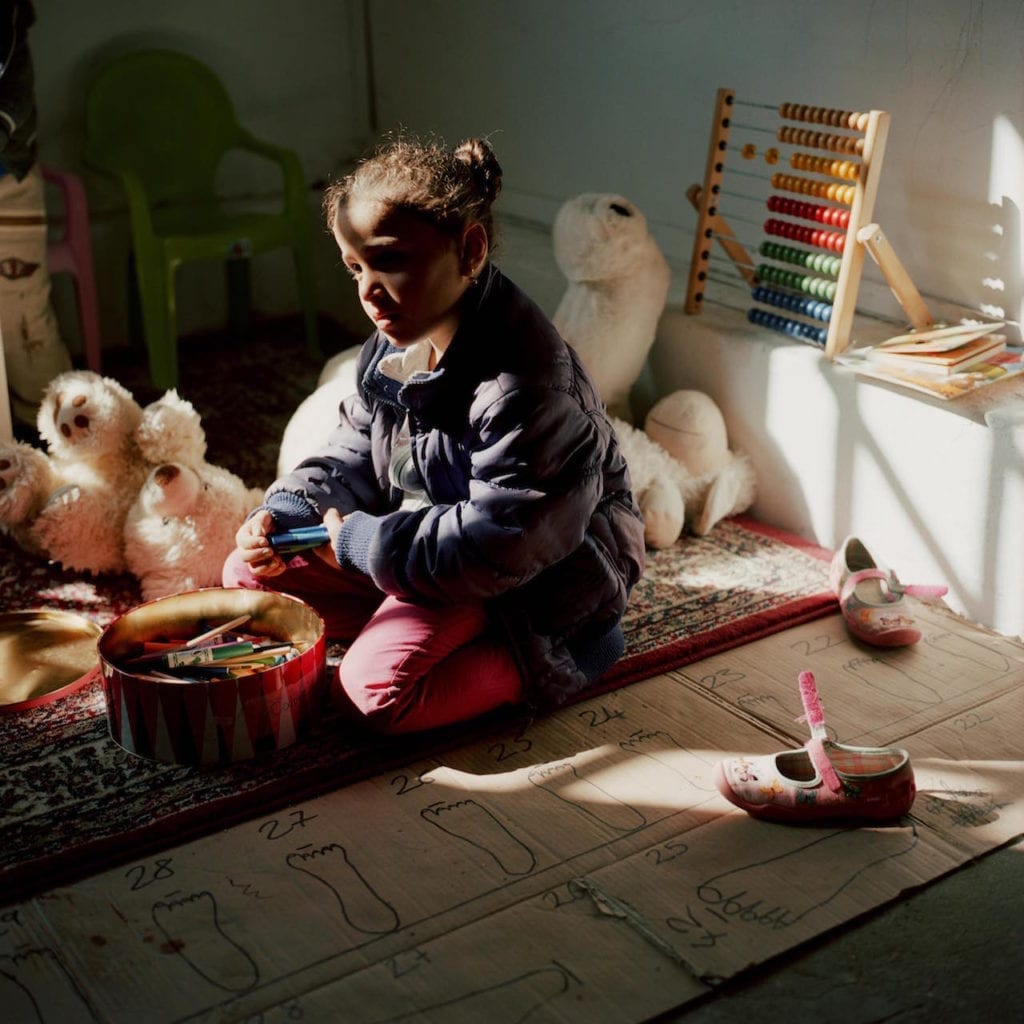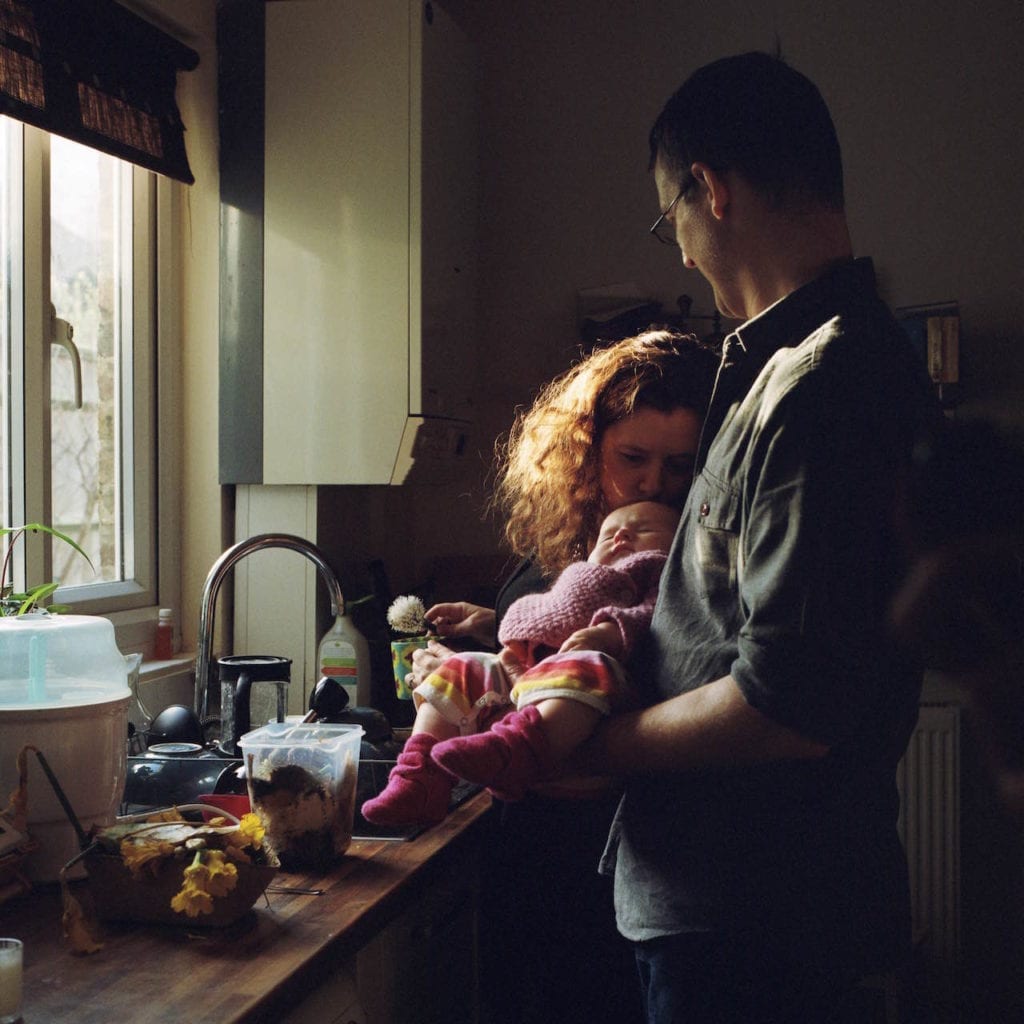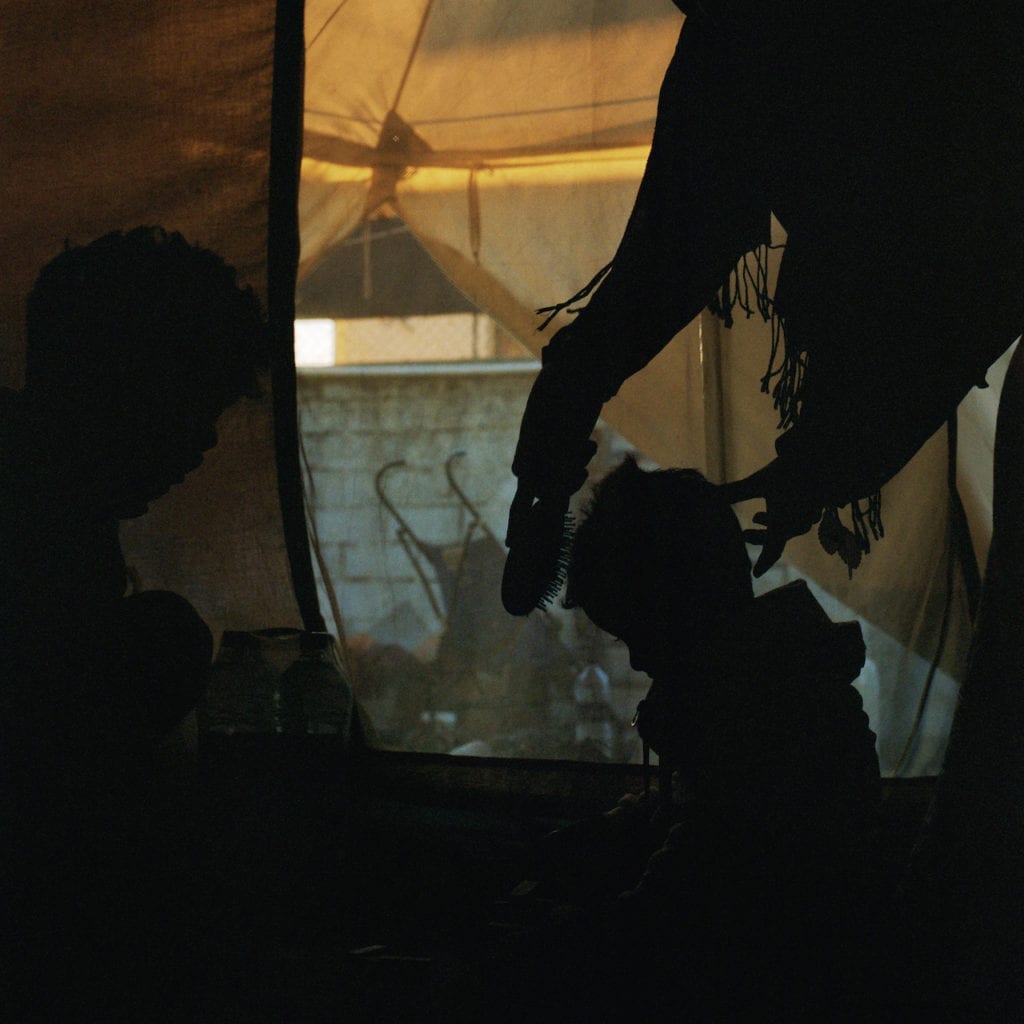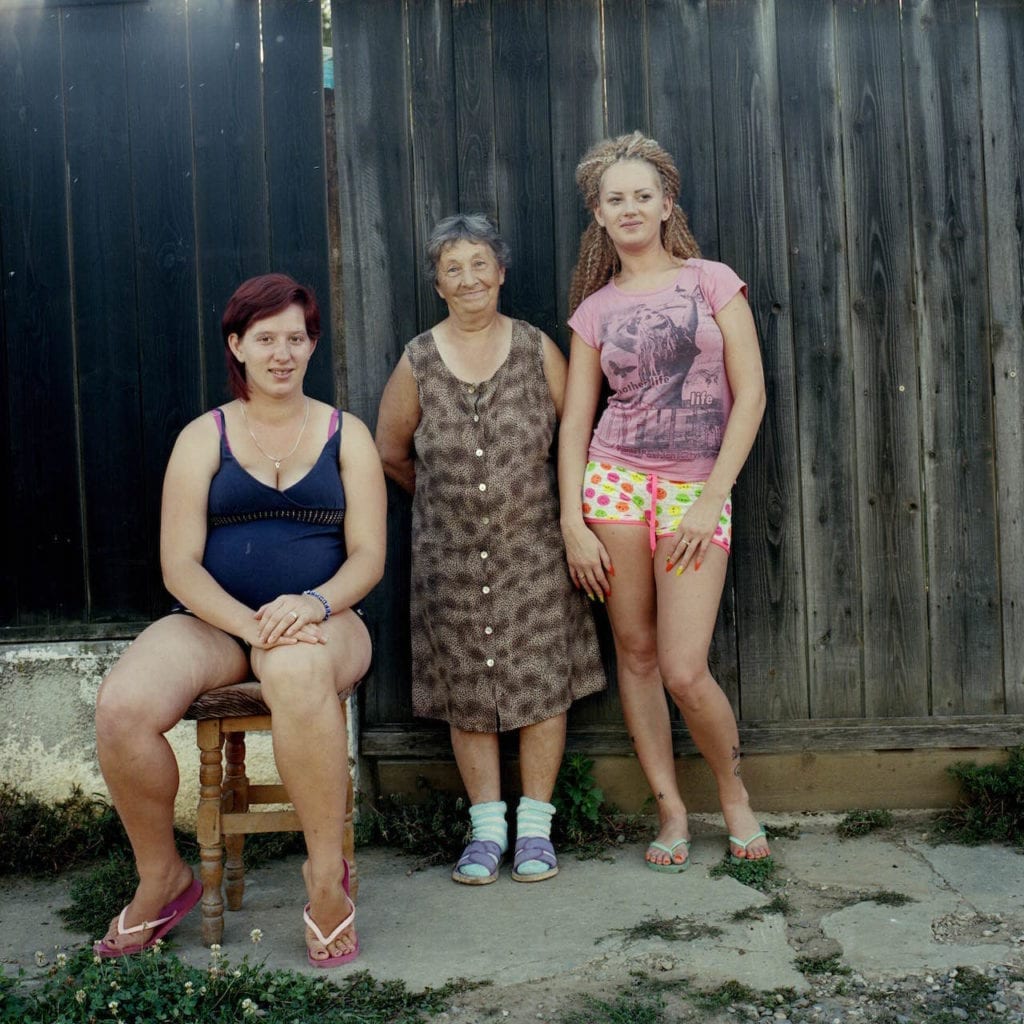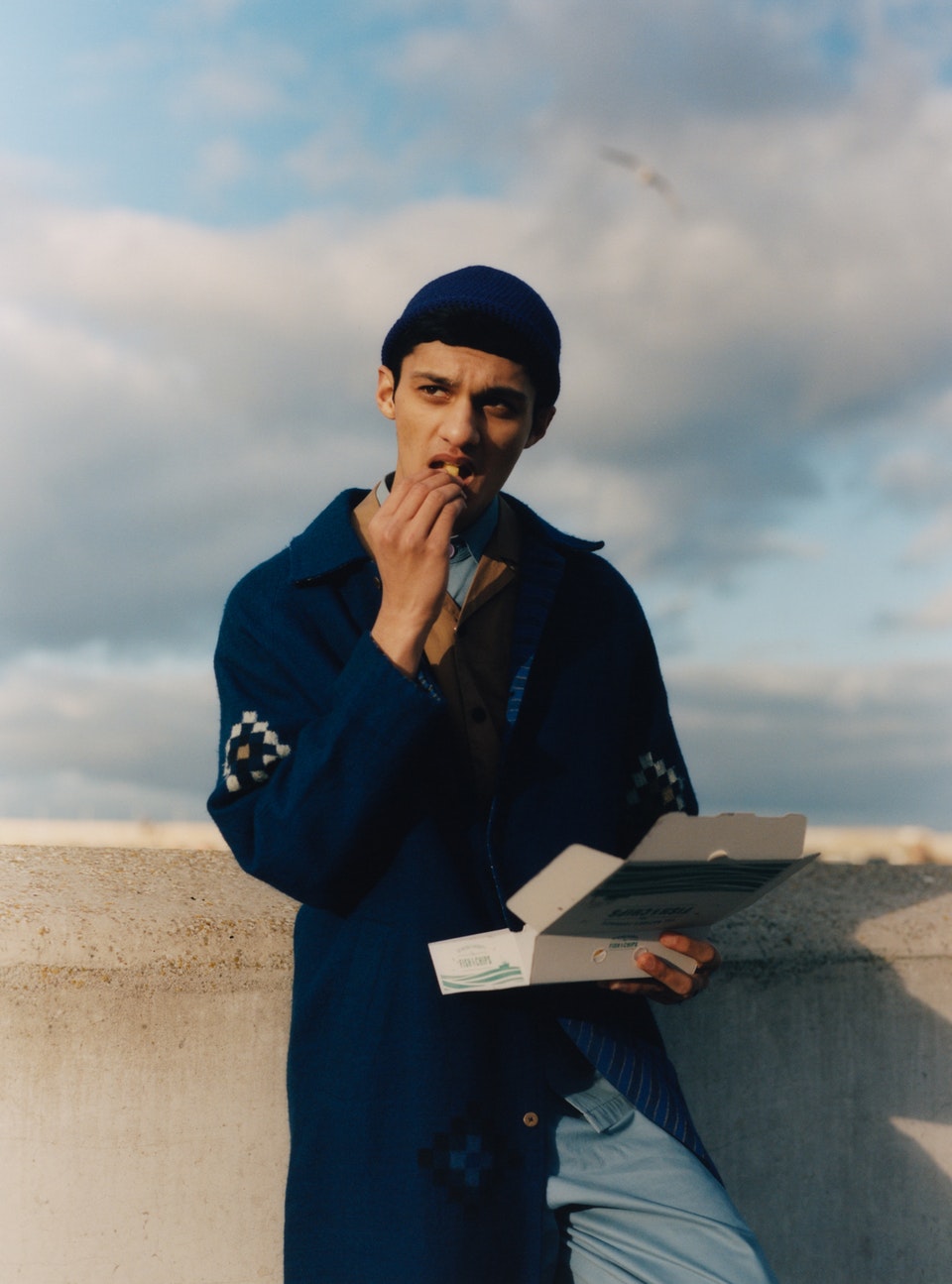After graduating from Birmingham Institute of Art and Design in 2002, Jo Metson Scott moved to London where she assisted for about six years. In about 2008 she started a project called The Grey Line, which focused on soldiers who had moral doubts about their involvement in the Iraq War. She travelled backwards and forwards to the US shooting veterans for five years, and released the project as a publication in 2013. With an innovative sketchbook style, that combined hand-written interviews with and portraits of the ex-soldiers, the project won Metson Scott the Firecracker Award. Metson Scott also works on commission on a wide variety of subjects, from portraiture to documentary, and from fashion to still life, for magazines such as The New York Times, Le Monde, Time Magazine and British Vogue.
What makes a compelling portrait?
I think it’s impossible to say what makes a compelling portrait. That’s the beauty of it. There is no formula. I always feel like I am (metaphorically, and sometimes physically) skipping or hopping around a person waiting for the moment I get something interesting from them, waiting for the moment it goes from being quite ordinary to being something powerful or compelling. Sometimes that can be an unguarded moment, but equally it can be a very composed or guarded moment. There’s nothing better than the moment you simultaneously click and realise you’ve caught it.
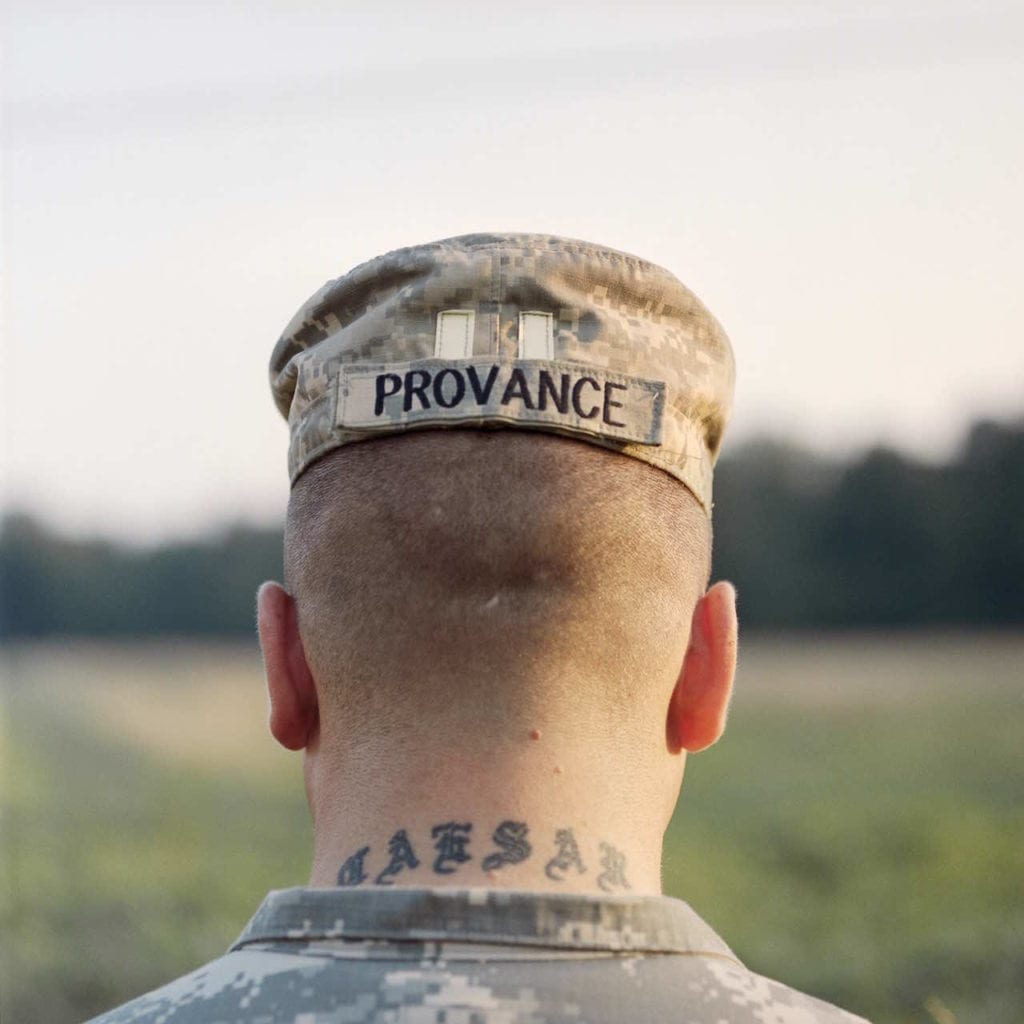
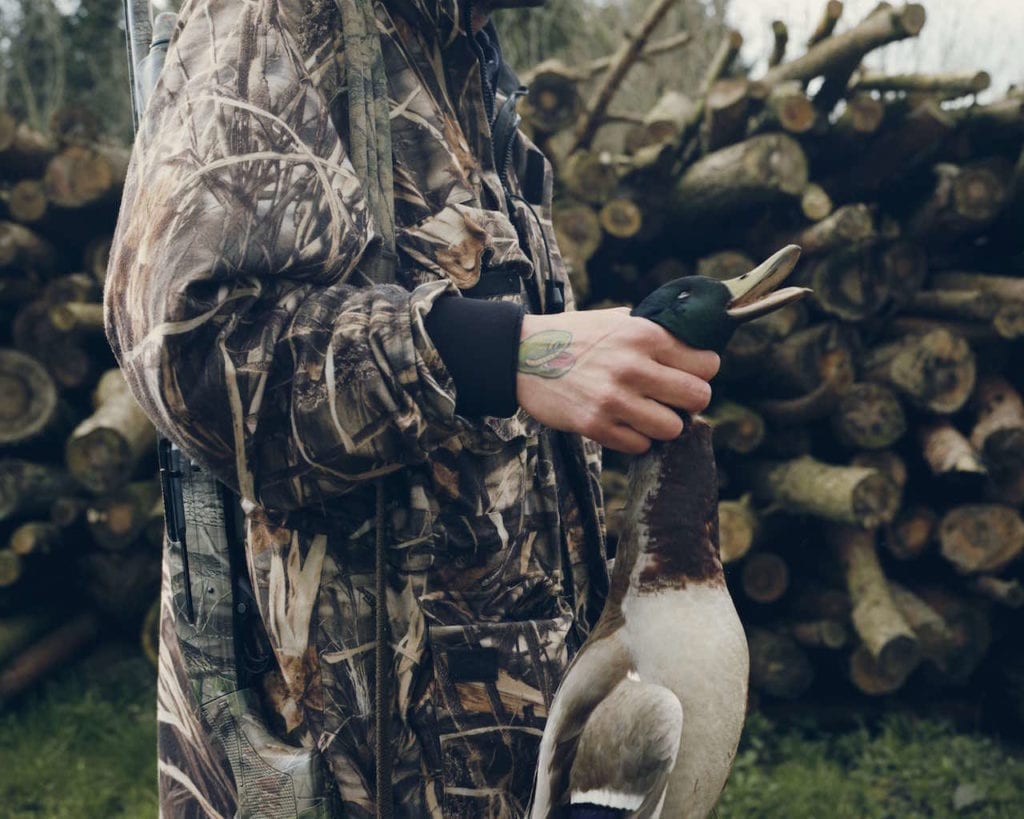
When I was about 10 or 11 I loved all of these slightly cheesy black-and-white pictures that you could buy in a shop called Athena, it sold a lot of postcards of children dressed up in Victorian clothes. I asked for a black-and-white film for my birthday and started to take pictures of my younger brother with it, on my dad’s Olympus OM1. My brother was 4 or 5 at the time and I made him dress up in Victorian-style clothes and stand in a field. I loved it. I found the photos a few years ago and they made me laugh a lot.
How is your career evolving?
I’ve always been interested in different styles of photography, not just portraiture, but documentary, fashion, and still life. Recently I feel I’ve become more flexible and enjoy the range of different subject matters I shoot. With my personal work, I think the combination with the written word is the part that has evolved. Words have become a strong part of photography. I used to always be very unconfident with my writing and still am, but I’ve come to accept that I really like using both. In projects like The Grey Line, The Borderland and Greece – Refugee Support, the words were an integral part of the work.
Could you tell us about an experience you’ve had while shooting portraits?
It’s hard to pick just one but I can explain the picture that was included in The Portrait of Britain. I was commissioned by Le Monde to do a story on Old London companies, often families that have been running a business for the last hundred years. One of the places I was asked to photograph was F Flittner, a barbers based in Moorgate that first opened in 1904. The owner took over the business 30 years ago from his father.
The portrait I took was of George, one of the owner’s staff, who had also worked there for 30 years. He was quieter than the rest of them and seemed rather uninterested in having his picture taken. He slipped out to have a cigarette and I followed him. He leant perfectly against the wall. It felt very much his spot and as I took his picture I imagined that he had been leaning against this same wall for the last 30 years. Later I tried to do a portrait of the owner against the wall, but it wasn’t the same, he stood differently, he held the space differently. I think that’s what I mean about not ever knowing what is going to make a compelling image. It just worked at that moment with that person.
What are your thoughts about the Portrait of Britain project?
I think it’s a brilliant idea. It’s refreshing to see portraits in non-traditional spaces such as train stations and airports, rather than a gallery or on a website. I found it really refreshing. I had a few people saying they’d seen my photo in places like Birmingham and Nottingham. It was great that is was spread around the country.
See more of Jo Metson Scott’s work at: www.jometsonscott.com
